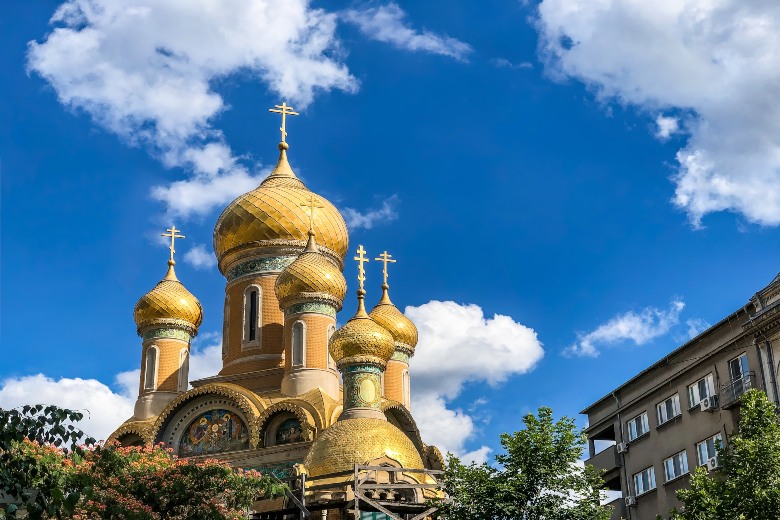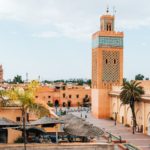Old Town
Bucharest Old Town is only a decade old, making it the youngest Old Town in the world! Locals and tourists alike were hoping to enjoy some social drinking in the Old Centre, it is known as Centru Vechi.
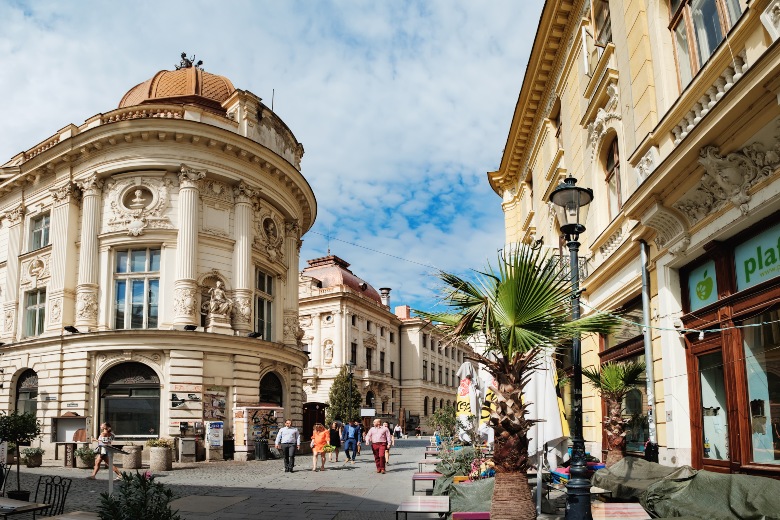
Dimitrie Gusti National Village Museum
It’s one of the largest outdoor museums in the world, with over 270 authentic historical buildings. From Banat in the West to Moldova in the east and Transylvania in the middle, these stone, wood, or cob (clay) houses have been carefully dismantled and reassembled at this site. Romania has many styles, from colourful walls in the Danube Delta to ornate portals in Berbeşti in the centre. A large part of the museum’s oldest houses date back to the 18th century, and it was founded in 1936 by eminent sociologist Dimitrie Gusti. An explanation of the style and region of each house is also available in English.
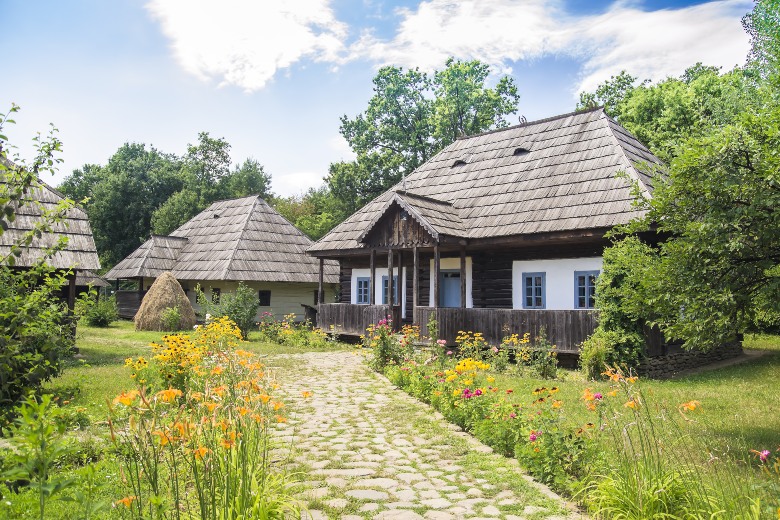
Parliamentary Palace
The Parliamentary Palace has a ridiculously large footprint, holding both the Romanian Parliament and encapsulating Ceaușescu’s megalomania.
The building is the world’s largest administrative building with 365,000 square meters. Despite containing reception halls, museums, government offices, and the parliament hall, it is still almost three-quarters empty.
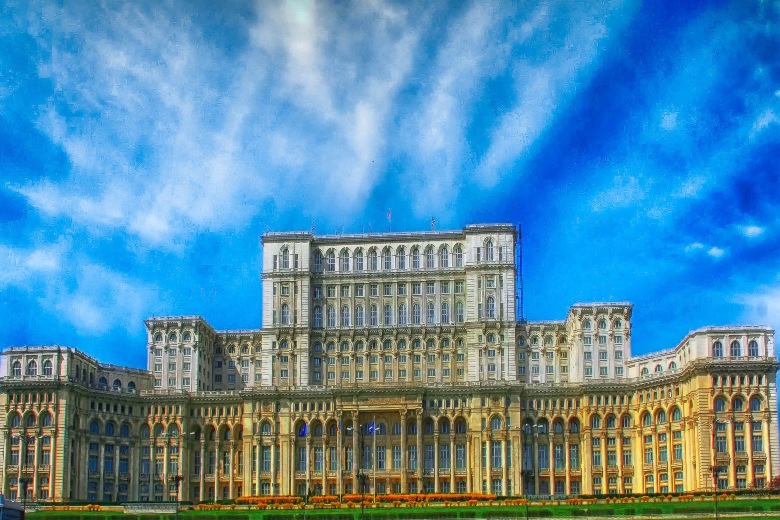
Romanian Athenaeum
In addition to being a performance venue extraordinaire, the George Enescu Philharmonic Orchestra calls the Neoclassical Romanian Athenaeum home.
A magnificent structure surrounded by gardens, it was built in 1888 but was saved in 1992 from collapse by a thorough restoration. In a circular concert hall that has a magnificent dome adorned with gilded stucco work, more than 650 people can sit down and enjoy an epic fresco depicting Romania’s most pivotal events.
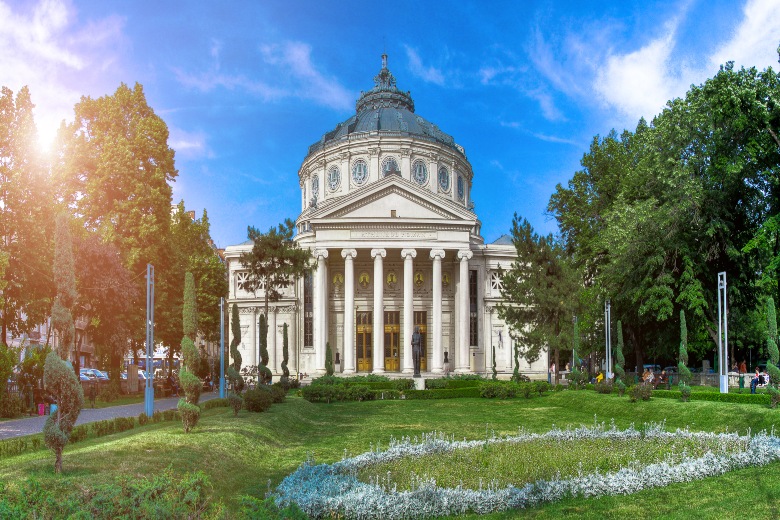
Romanian Peasant Museum
This popular folk museum in Bucharest opened in 1906, but the Communist regime closed it in the 20th century. It reopened only six weeks after Ceaușescu’s death in 1990. There is still a small exhibit on collectivization in the basement, preserved for posterity, from those intervening years when it was a museum dedicated to communism.
A total of 400 years of Romanian rural culture is depicted in the remaining part of the exhibition, which presents a jaw-dropping variety of costumes, furniture, religious items, and ceramics.
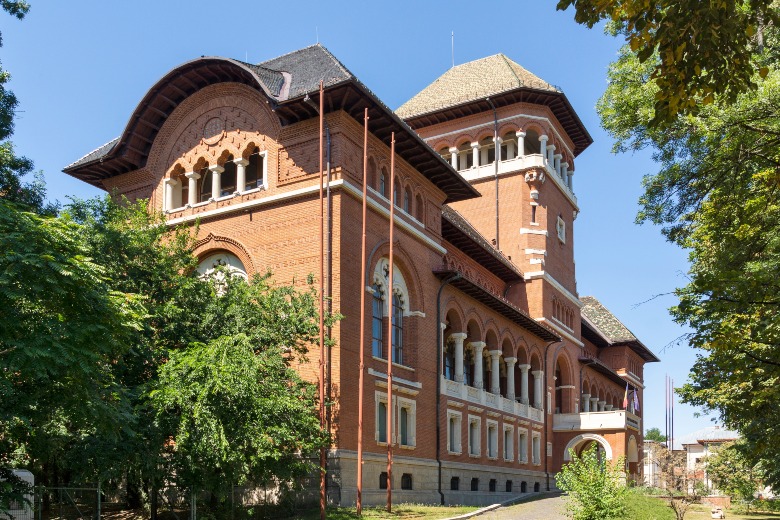
Herăstrău Park
Bucharest’s largest park, bordering the city to the north, contains the 74-hectare Herăstrău Lake which dominates much of its area.
Located along the Colentina River, this large body of water was partly man-made after marshland was drained in the 1930s. In summer joggers frequent the six-kilometre perimeter path, and bike rentals are available near the entrance or boat trips can be taken from the jetty on the south shore.
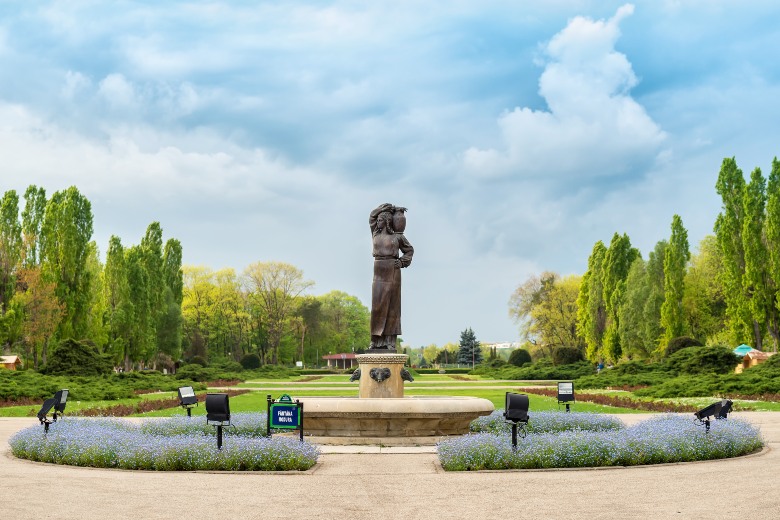
National Museum of Art of Romania
The Neoclassical Royal Palace on Revolution Square in Bucharest, which was constructed after King Michael I abdicated following the Second World War, has been the headquarters of Romania’s National Museum of Art since 1982.
Many big names are included in this section, including Lucas Cranach the Elder, Jan van Eyck, El Greco, Tintoretto, Peter Paul Rubens, Monet, and Sisley. Get to know Romanian artists like Nicolae Tonitza, Stefan Luchian, and Victor Brauner, such as the Post-Impressionists and surrealists.
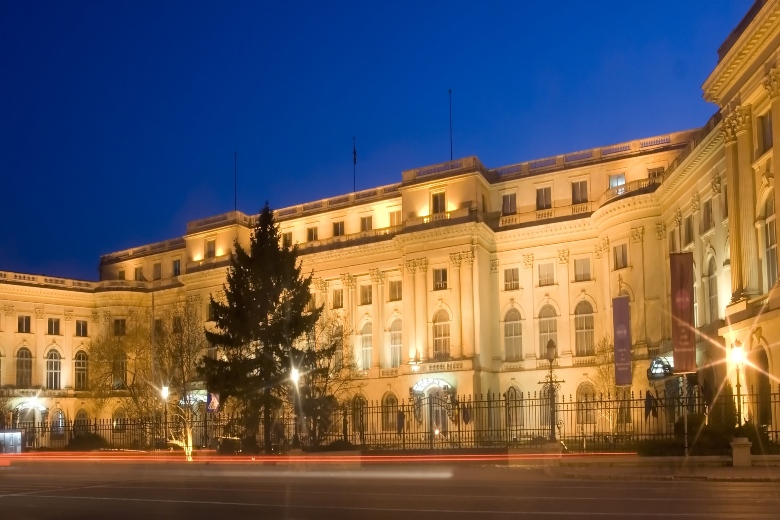
Romanian Patriarchal Cathedral
In the 18th, 19th, and 20th centuries, the building underwent restorations, so not much of the original design remains, whereas the current design draws upon Curtea de Argeș Cathedral in the centre of the country.
It also houses the relics of Saint Dimitrie Basarabov, Bucharest’s patron saint, who lived in the 13th century. A silver reliquary with a glass panel on top houses his remains brought here from Bulgaria in 1774.
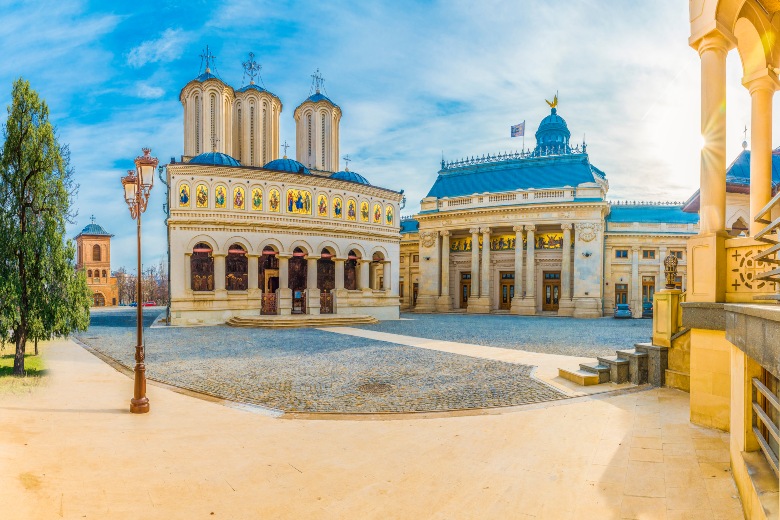
Grigore Antipa Museum of Natural History
This natural history museum was reopened in 2011 after receiving a major upgrade a few years back, named after the man who was president for more than 50 years at the start of the 20th century. In addition to the classic dinosaur skeletons, taxidermies, and dioramas that Antipa set up decades ago, now you can also find multimedia exhibits and interactive activities.
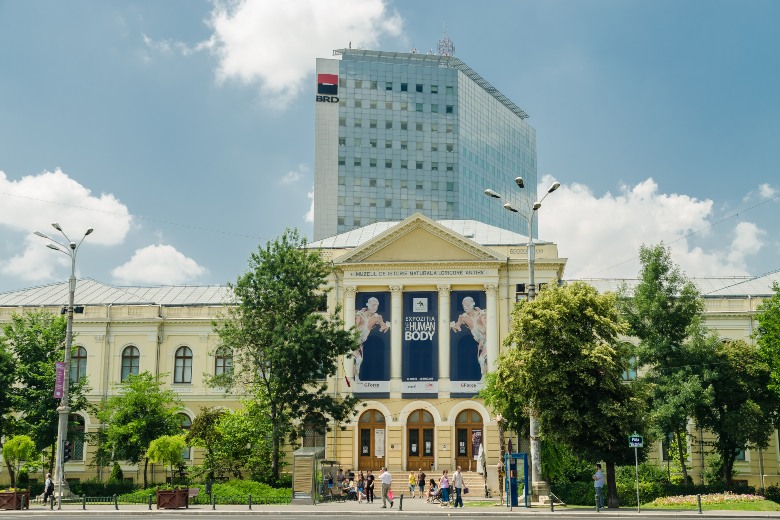
Museum of Art Collections
Located in the Palatul Romanit, first a private home before becoming the Ministry of Finance of Romania, this museum is a branch of the National Museum of Art. The collection includes 44 collections, allowing you to see Romanian art from the 19th and early 20th centuries.
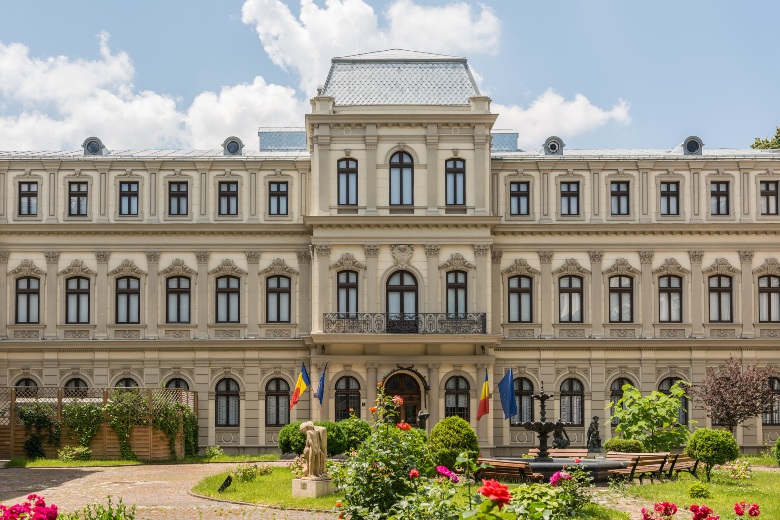
Botanical Gardens
The Botanical Gardens in Bucharest contain over 5,000 species of plants on 17 hectares.
An area of tropical and subtropical vegetation fills the interior of this structure built at the beginning of the 1890s. During summer, you can view 1,000 exotic flowers displayed in a beautifully landscaped rose garden and winding paths in the open air.
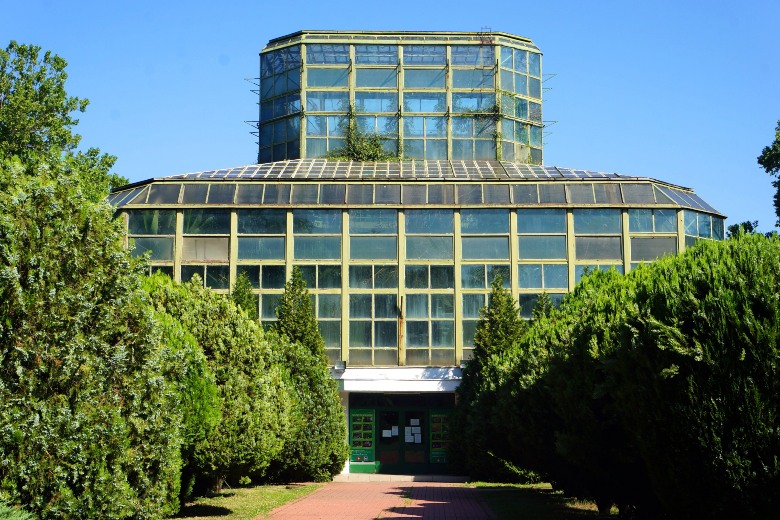
Arcul de Triumf
Near the Japanese Gardens beside Herăstrău Park, this monument dates to 1936 to commemorate both the Romanian War of Independence and the First World War. During the War of Independence, when the nation broke away from the Ottoman Empire in 1878, an earlier wooden version of the arch was built on the same site. In the 1930s, Romanian sculptor Constantin Baraschi, the foremost Romanian sculptor, carved reliefs on the opposite monument. This wooden arch was replaced after the First World War with a fresh wooden arch.
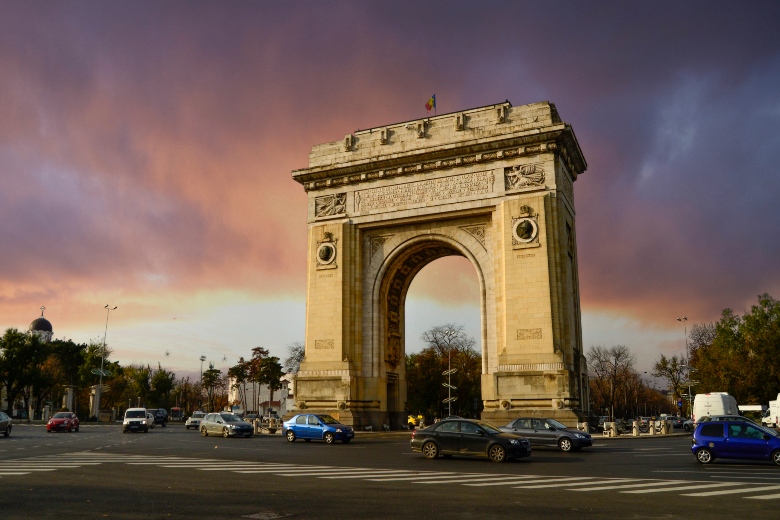
George Enescu National Museum
The George Enescu National Museum was built in 1900 for Prime Minister Gheorghe Grigore Cantacuzino, a gem of a property in Bucharest. It was designed in the Beaux-Arts/Art Nouveau style. The palace has had a small museum dedicated to Enescu since 1956, displaying his personal belongings, instruments, posters, and photographs.
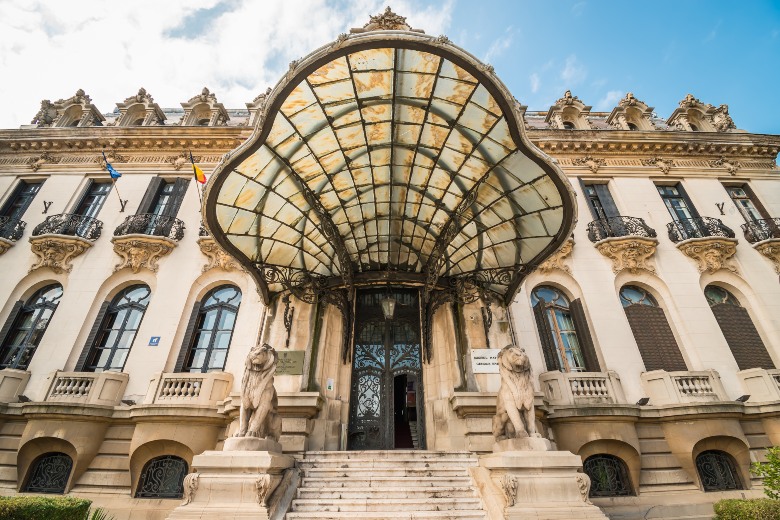
National Museum of Romanian History
Romania’s National History Museum is housed in a Historicist building that was once the country’s postal service headquarters. Although the collection is mixed, it still contains a lot of interesting items for anyone willing to spend some time on it.
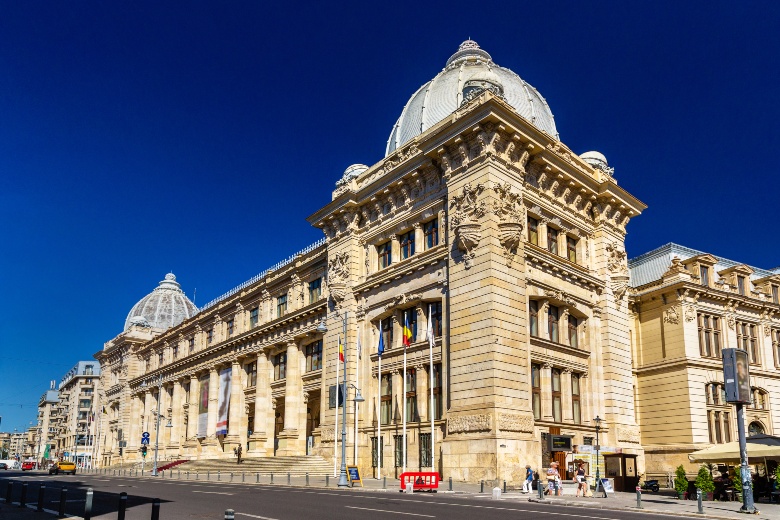
Bucharest Russian Church
It was also known as the Students’ Church since it is primarily used by students and faculty members at the University of Bucharest. The church was built after the donation of a substantial amount by Tsar Nicholas II. At the start of the 20th century, it was solely used by Russian ex-pats and diplomats.
As one of the projects, the Russian ambassador oversaw the construction of the church, which was consecrated in 1909. There are seven onion-domed onion-shaped roofs which make this building easy to spot.
